Help with Creeping Red Fescue
studly
15 years ago
Related Stories
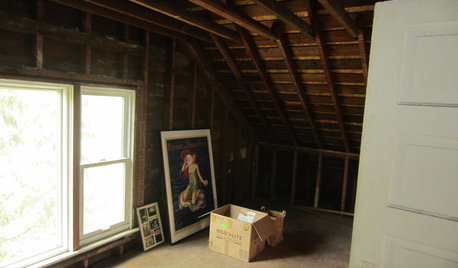
Houzz Call: What Gives You the Creeps at Home?
Halloween horror got nothing on your basement, attic or closet? Show us that scary spot you steer clear of
Full Story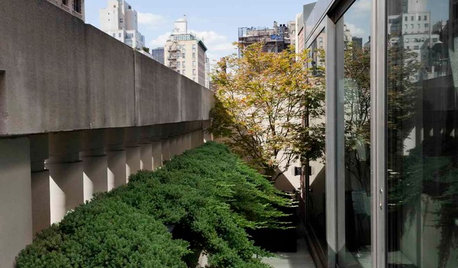
GARDENING GUIDESGreat Design Plant: Creeping Juniper Holds Its Ground
Add texture and evergreen interest to a layered garden with this low-maintenance, good-looking ground cover
Full Story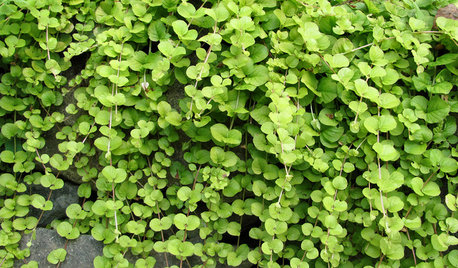
GARDENING AND LANDSCAPINGGreat Design Plant: Golden Creeping Jenny
Try this fast-growing ground cover for easy masses of gold and green in the garden
Full Story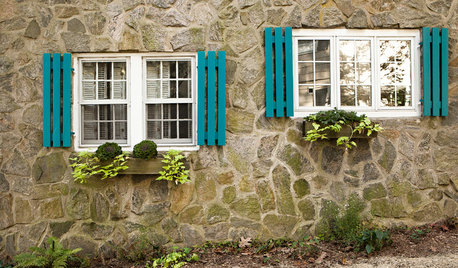
COLORPick-a-Paint Help: 11 Ways to Mine Your World for Colors
Color, color everywhere. Discover the paint palettes that are there for the taking in nature, shops and anywhere else you roam
Full Story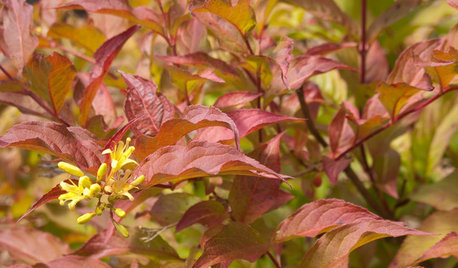
GARDENING GUIDESGreat Design Plant: Northern Bush Honeysuckle, a Bronze Beauty
It helps control erosion and takes sun or shade. The butterflies love it. But the best part of this shrub may be the vivid foliage
Full Story
TREES11 Japanese Maples for Breathtaking Color and Form
With such a wide range to choose from, there’s a beautiful Japanese maple to suit almost any setting
Full Story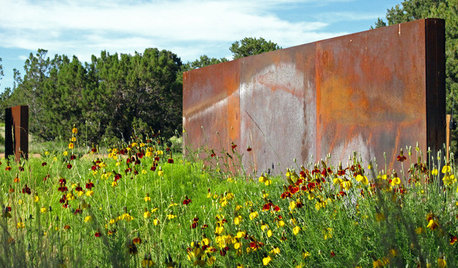
GARDENING GUIDESGreat Design Plant: Ratibida Columnifera
A shortgrass prairie native wildflower fit for pollinators and dry trouble spots offers benefits all year long
Full Story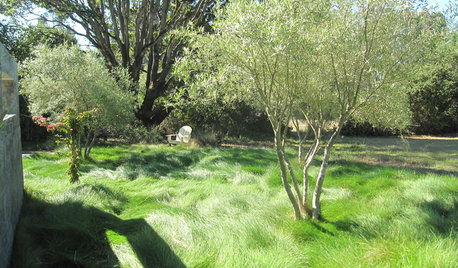
GARDENING AND LANDSCAPING7 Ornamental Grasses for Coastal Gardens
These hardy seashore plants evoke the ocean, sway in the breeze and help prevent sand erosion in the landscape
Full Story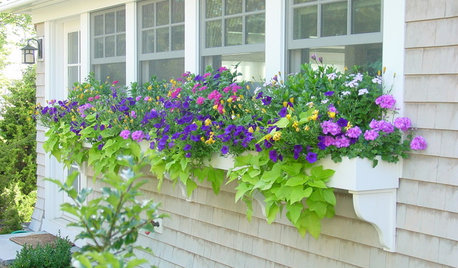
CONTAINER GARDENSChoose Complementary Colors for Dazzling Container Gardens
Red and green, purple and yellow, and blue and orange are opposing pairs that work in perfect harmony
Full Story







frangione1
soccer_dad
Related Professionals
Ballwin Landscape Architects & Landscape Designers · Seabrook Landscape Architects & Landscape Designers · Waunakee Landscape Architects & Landscape Designers · Bowie Landscape Contractors · Harvey Landscape Contractors · Lantana Landscape Contractors · Longmont Landscape Contractors · Mason Landscape Contractors · Oak Harbor Landscape Contractors · Ocoee Landscape Contractors · Parkland Landscape Contractors · Point Pleasant Landscape Contractors · Salem Landscape Contractors · Spring Landscape Contractors · Rowlett Swimming Pool BuildersstudlyOriginal Author
auteck
auteck
bpgreen
bpgreen
studlyOriginal Author
bpgreen
markinspringborooh
studlyOriginal Author
bpgreen